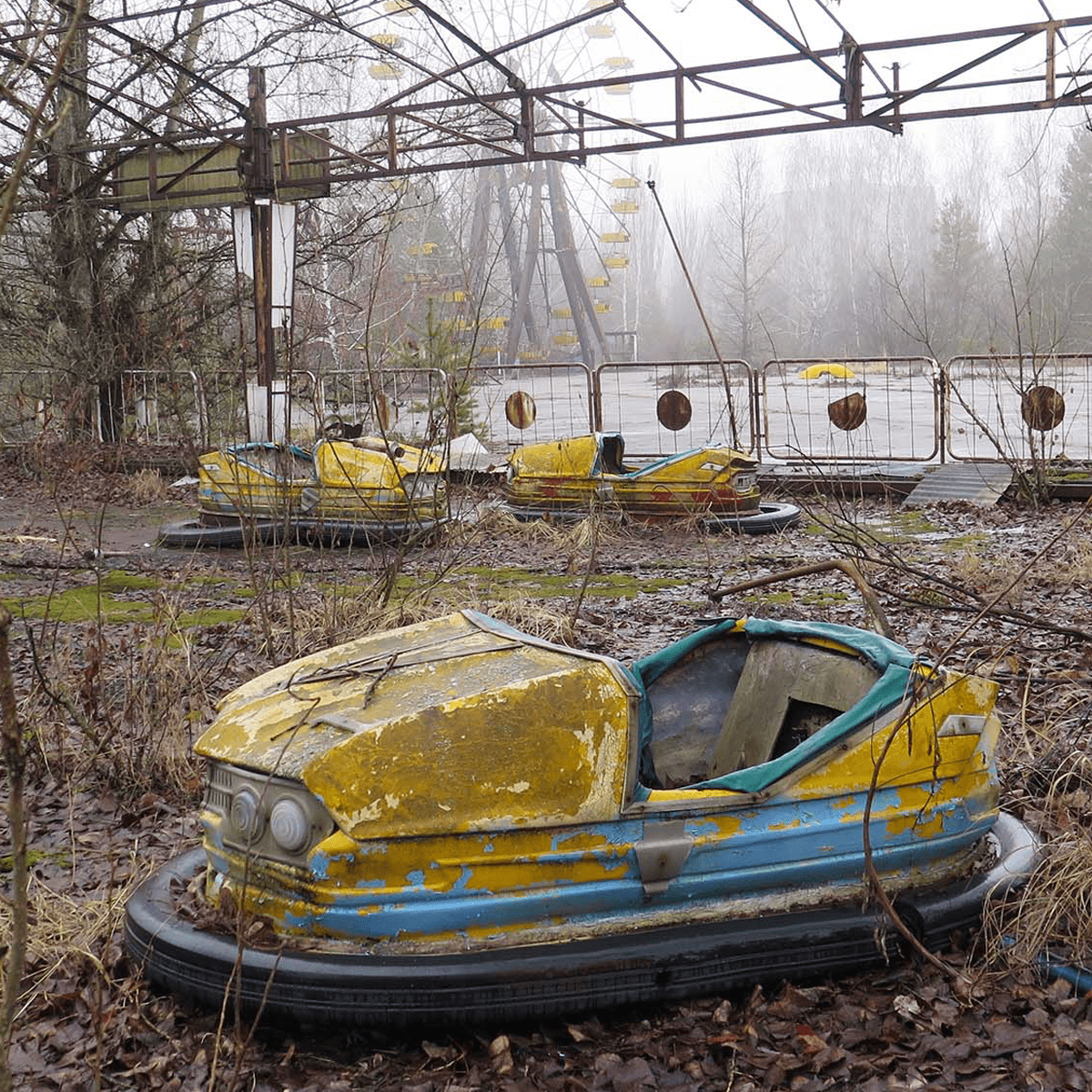

The prediction comes from Richard Colino, director general of Intelsat.

Nor has the threat of a nuclear disaster lessened, from either weapons or accidents. The art of the insoluble The unanswered questions of Chernobyl Aftermath of. My optimism has been dampened lately by the stream of reports about arctic ice melting and governments unwilling to take the necessary steps to slow down climate change. Some of the photographs have an emotional resonance because of the health consequences the accident had for so many people, and this has been most acute for me with the photographs of kindergartens and playgrounds.ĭo you consider yourself an optimist in regard to environmental issues? An example is slippers and toys on a kindergarten floor that has extraordinary color. There are some photographs I love for their unexpected beauty. Photographing the reactor from a fixed vantage point over the years, as well as Soviet flags in a stairwell, are examples that are intellectually satisfying. With so many photographs made over a long period, there are several that seem key, in the sense they opened me to looking at a situation as having a rich photographic potential. Is there a specific image or story behind an image that means a great deal to you ? I have to say that on every visit, there were situations which I hadn't previously realized could make an interesting photograph, but suddenly seemed to have possibilities. Past and Presence Footage Shows How Daily Life Didn’t Change After Chernobyland the Cover-Up’s Toxic Aftermath A new documentary shows how the disaster transformedand endangeredthose who. The zone was changing, and I wanted that to be part of the body of work. The rephotographing of sites I had seen on previous visits became important, and photographs of floors and vegetation became new subjects for me. As I gained a sense of the scope of what was possible, I realized there were several themes I responded to, such as the abundance of Soviet-era artifacts and the aforementioned growth and decay. My original visit in 1994 was speculative in the sense that I didn't know what I'd find or how freely I'd be allowed to travel. When looking back at years of work, were there new narratives or interesting details that you might have overlooked or not been aware of at the time? As the threat of radiation has diminished, the proliferation of wild boars has been somewhat concerning, but the current hazard is the buildings that are collapsing. As far as safety is concerned, I accepted that there was a risk of sorts, but I was advised where the most highly contaminated areas were and to spend less time there. They estimate, based on the linear no threshold model of cancer effects, that 16,000 excess cancer deaths could be expected from the effects of the Chernobyl accident up to 2065.


 0 kommentar(er)
0 kommentar(er)
